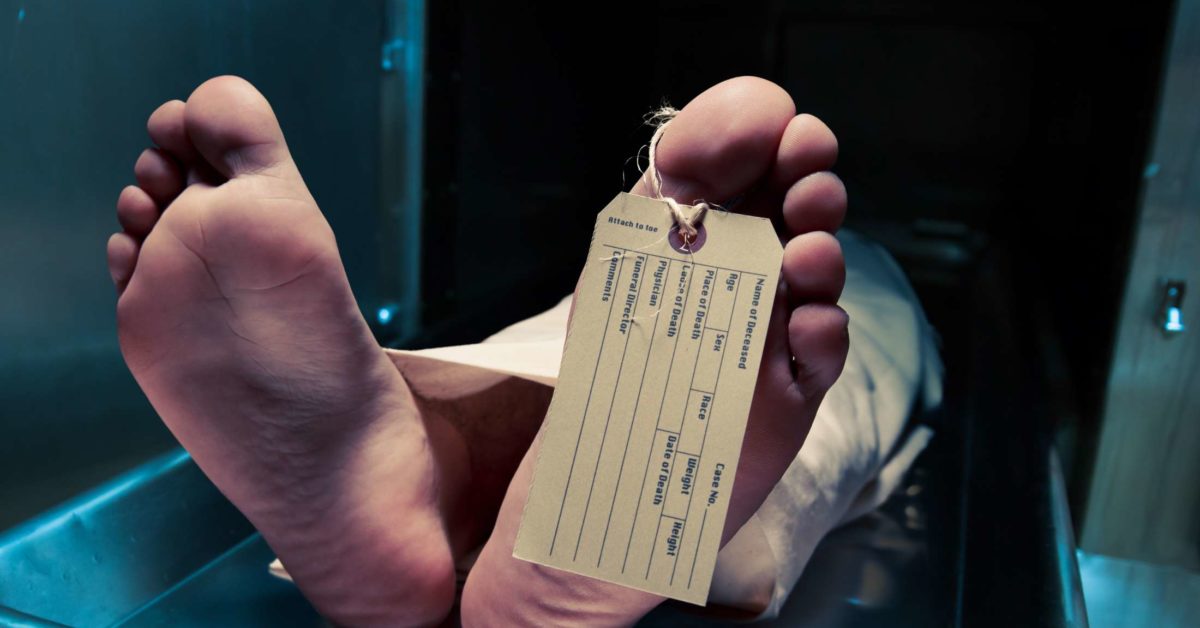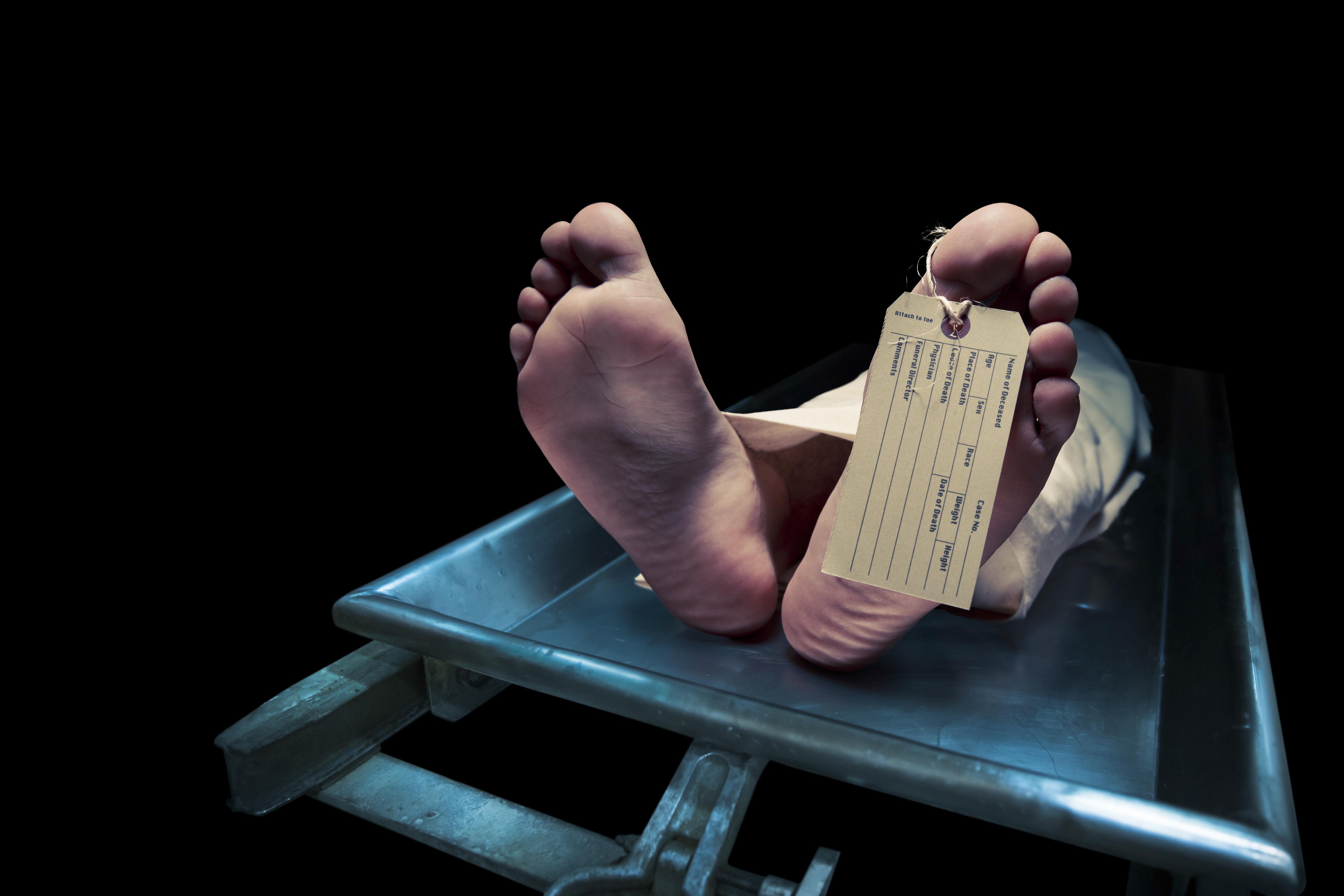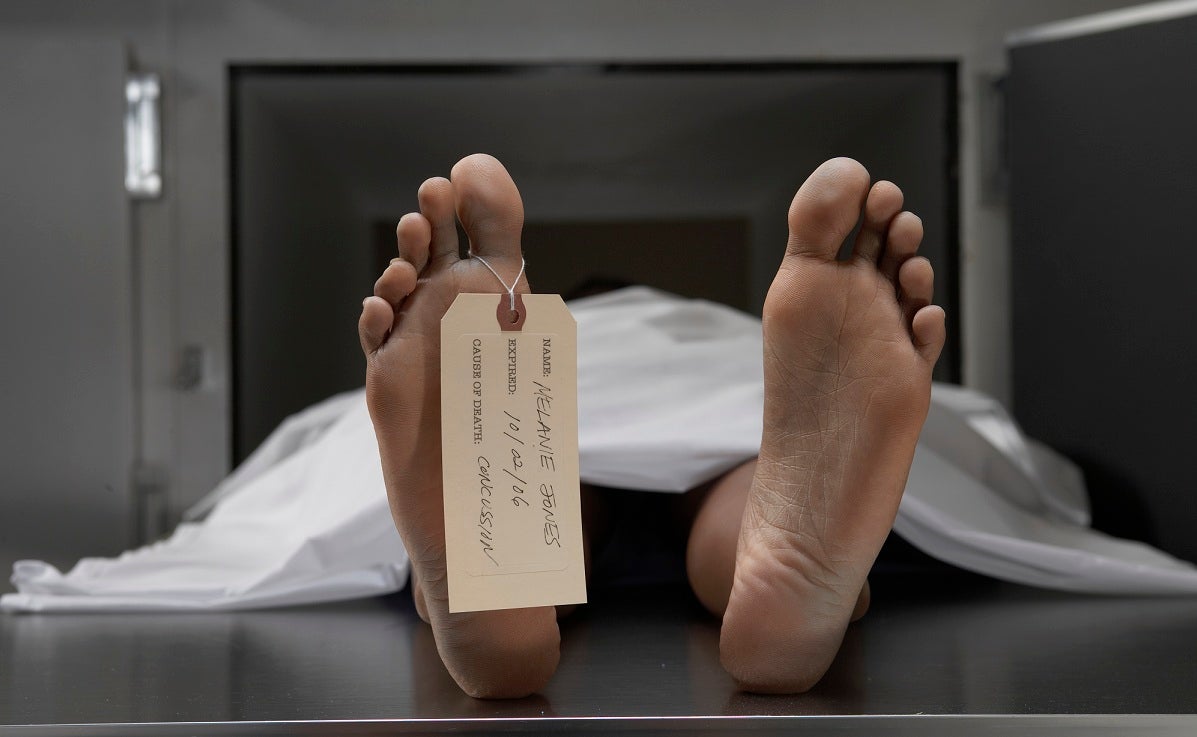Unearthing The Cast Of Dead Happy Days: A Grateful Journey
The concept of "Dead Happy Days" evokes a nostalgic journey through the vibrant, transformative era of the Grateful Dead, a period marked by unparalleled musical exploration, communal spirit, and a profound cultural impact. While not a conventional film or television series with a traditional "cast" in the Hollywood sense, envisioning the "dead happy days cast" invites us to consider the myriad individuals who shaped this extraordinary phenomenon. From the iconic musicians themselves to the unsung heroes behind the scenes and the devoted community of fans, each played an indispensable role in creating the enduring legacy of the Grateful Dead.
This article delves into who would comprise such a conceptual "cast," exploring their contributions, their unique stories, and how their collective efforts forged an indelible mark on music history and popular culture. We will navigate through the band's evolution, their legendary performances, and the dedicated network that supported their journey, all of which contribute to the rich tapestry of what truly made those "Dead Happy Days" so special and eternally resonant.
Table of Contents
- The Concept of "Dead Happy Days": A Retrospective Journey
- The Core "Cast": Grateful Dead Band Members
- Beyond the Stage: The Extended Family "Cast"
- Iconic Performances and Their "Cast" of Moments
- The Evolution of Sound: Albums and Their Impact
- The Fan Community: An Integral "Cast" Member
- The Enduring Legacy of "Dead Happy Days"
- Cultivating Expertise, Authority, and Trustworthiness in "Dead Happy Days" Narratives
- Navigating the "Your Money or Your Life" Aspect: The Value of Authenticity
The Concept of "Dead Happy Days": A Retrospective Journey
The phrase "Dead Happy Days" conjures images of a golden era for the Grateful Dead, a time when their improvisational music, counter-cultural ethos, and unique community flourished. If we were to imagine a comprehensive retrospective—perhaps a documentary series, an immersive exhibition, or a deep-dive podcast—that truly captured these "happy days," the "dead happy days cast" would be a diverse ensemble. It wouldn't just be about the musicians; it would be about everyone who contributed to the band's singular narrative. This conceptual project would celebrate the spirit of "enjoying the ride," a phrase that perfectly encapsulates the band's ethos, as noted in recordings like the one from the Avalon Ballroom, San Francisco, CA (6/5/69). It would be a journey into the heart of a cultural phenomenon that transcended mere music, becoming a way of life for millions. The narrative would explore how a band, through relentless touring and a commitment to live improvisation, built a following unlike any other, creating a unique bond between artists and audience.The Core "Cast": Grateful Dead Band Members
At the heart of any "dead happy days cast" would, of course, be the musicians themselves. These are the individuals whose creative synergy and individual genius formed the bedrock of the Grateful Dead's sound and spirit. Their evolution as artists, their personal journeys, and their collective improvisational prowess are central to the story.Jerry Garcia: The Guiding Light
Jerry Garcia, often referred to as "Captain Trips," was the undeniable spiritual and musical leader of the Grateful Dead. His distinctive guitar playing, soulful vocals, and boundless creativity were the engine of the band's sound. His journey as an artist was deeply personal and constantly evolving, as he himself might have described it: "As an artist I went on my own musical journey." His birthday in 1973, celebrated at Roosevelt, marks just one of countless moments that fans cherish, demonstrating his profound connection with the audience and the band's willingness to share intimate moments. Garcia's improvisational style was legendary, capable of weaving intricate melodic lines and exploring vast sonic landscapes, a key element that defined the band's live performances and contributed to their unique appeal.Bob Weir, Phil Lesh, Bill Kreutzmann, Mickey Hart: The Rhythmic Heartbeat
While Garcia was often at the forefront, the Grateful Dead was a collective, and the contributions of Bob Weir (rhythm guitar), Phil Lesh (bass), Bill Kreutzmann (drums), and Mickey Hart (drums/percussion) were equally vital. Weir's rhythmic counterpoints, Lesh's melodic bass lines, and the dual drumming of Kreutzmann and Hart created a complex, fluid, and often polyrhythmic foundation that allowed for the band's legendary improvisations. Their collaborative spirit is perhaps best exemplified by projects like "Mountains of the Moon," an immersive experience "being produced in collaboration with the Grateful Dead," set to arrive in Fall 2025. This project, which "pairs the improvisational" nature of the band with new artistic forms, highlights the ongoing relevance and collaborative spirit that defines the Grateful Dead's legacy, showcasing how the "dead happy days cast" continues to inspire.Ron "Pigpen" McKernan & Keith Godchaux: Early Architects
No discussion of the core "cast" would be complete without acknowledging the foundational contributions of Ron "Pigpen" McKernan and Keith Godchaux. Pigpen, the band's original keyboardist and vocalist, brought a blues and R&B sensibility that was crucial to the Grateful Dead's early sound. His raw energy and harmonica playing were integral to their club days. Keith Godchaux, who joined in 1971, brought a jazz-influenced piano style that opened up new improvisational avenues for the band, defining their sound through much of the 1970s. These members, though no longer with us, remain integral parts of the "dead happy days cast," their influence echoing through the band's extensive catalog.Beyond the Stage: The Extended Family "Cast"
The Grateful Dead's success was never solely about the musicians. A vast network of individuals, from lyricists to sound engineers, managers, and archivists, played crucial roles in shaping their narrative and preserving their legacy. These are the unsung heroes who are equally part of the "dead happy days cast."The Visionaries: Lyricists, Managers, and Producers
The poetic and often enigmatic lyrics of Robert Hunter and John Perry Barlow were as much a part of the Grateful Dead's identity as their music. Hunter, in particular, was Garcia's primary lyrical collaborator, crafting narratives that resonated deeply with fans. Behind the scenes, figures like manager Rock Scully helped navigate the band through the tumultuous music industry. And then there were the producers and archivists who shaped the band's recorded output and preserved their live performances. Dick Latvala, a key figure in the Grateful Dead's archival efforts, experienced a "transformative experience at Red Rocks ‘79," as highlighted in the Deadcast season finale. His dedication to preserving and curating the band's live recordings was paramount, making him a vital member of the "dead happy days cast" and ensuring that future generations could experience the magic.The Tapers and Archivists: Preserving the Sound
Unique to the Grateful Dead was their embrace of live taping by fans. This fostered an unparalleled archive of their performances, creating a living history of their improvisational evolution. The "tapers’ section" was a designated area at concerts, a testament to the band's open-source philosophy. This culture led to an immense collection of recordings, many of which have been officially released decades later. For instance, the "complete unreleased soundboard recording of 6/12/80 in Portland" was featured as part of a series in April 2018. The meticulous work of individuals like Jeffrey Norman, who "remastered from the original source" recordings like the vinyl release of "6," is critical to making these historical performances accessible and pristine. These archivists and sound engineers are indispensable members of the "dead happy days cast," ensuring the band's legacy lives on with authenticity and clarity.Iconic Performances and Their "Cast" of Moments
The Grateful Dead's legend was built on their live performances, each concert a unique improvisational journey. Certain shows and eras stand out as particularly defining, forming a "cast" of pivotal moments in their history. The "Deadcast season finale" itself highlights legendary venues and specific shows, underscoring their significance. Performances like the "complete unreleased Grateful Dead performance of April 1, 1991," first presented in a program on December 5, 2005, and again in April 2018, offer glimpses into the band's late-career brilliance. The legendary "Red Rocks ‘79" show, with its "transformative experience" for figures like Dick Latvala, remains a touchstone for fans. Early recordings, such as "enjoying the ride (cassette) Avalon Ballroom, San Francisco, CA (6/5/69)," capture the nascent energy of the band's psychedelic era. These specific dates and venues are not just backdrops; they are characters in their own right, each contributing to the narrative of the "dead happy days cast." The "tapers’ section" also brings us music from diverse periods, including "1973, 1982, and 1988," demonstrating the breadth of their live evolution.The Evolution of Sound: Albums and Their Impact
While live performances were the Grateful Dead's forte, their studio albums also played a crucial role in documenting their evolving sound and introducing their music to a wider audience. Albums like "Workingman's Dead" marked a significant shift towards an "Americana era," introducing songs like "Casey Jones," "High Time," and "Dire Wolf." These tracks became staples of their live shows and showcased a more structured, yet still deeply soulful, side of the band. The ongoing release of archival material, such as "6," now "available on vinyl for the first time," remastered by Jeffrey Norman, ensures that the recorded history of the Grateful Dead continues to be explored and appreciated. These albums and their individual tracks are key members of the "dead happy days cast," telling the story of the band's artistic growth and their profound influence on American music. For newcomers looking to explore, opinions may vary, but suggesting a starting point from their diverse discography is always a good idea, inviting more people to experience these "happy days."The Fan Community: An Integral "Cast" Member
Perhaps the most unique and enduring aspect of the Grateful Dead phenomenon is its devoted fan base, affectionately known as Deadheads. This community is undeniably a central part of the "dead happy days cast." Their dedication, their willingness to travel across the country for shows, and their creation of a vibrant subculture around the band were unprecedented. The band fostered this connection, even encouraging fan-taping of shows, leading to a symbiotic relationship where the audience was not just passive consumers but active participants. The very idea of staying connected, such as by customizing "notifications to ensure you don't miss out on local events, giveaways, and more" (a modern reflection of fan engagement), highlights the ongoing desire for connection within this community. The Deadheads, with their unwavering loyalty and their role in spreading the Grateful Dead's message, are the living embodiment of the "dead happy days cast," ensuring the spirit of the band continues to thrive.The Enduring Legacy of "Dead Happy Days"
The "dead happy days cast" extends beyond individuals to encompass the timeless impact of the Grateful Dead. The band's official site remains a central hub for their legacy, offering a wealth of information, music, and merchandise. Projects like "Mountains of the Moon," an "immersive experience being produced in collaboration with the Grateful Dead," scheduled for Fall 2025, demonstrate the ongoing relevance and innovative ways their music and ethos continue to inspire. The continued release of "complete unreleased Grateful Dead performance" recordings, such as the April 1, 1991 show, underscores the depth of their archives and the enduring demand for their music. The legacy is not just about nostalgia; it's about a continuous flow of new discoveries and experiences that keep the "dead happy days cast" alive and relevant for new generations. The collective memory and ongoing engagement of fans, alongside the dedicated efforts of archivists and the surviving band members, ensure that the Grateful Dead's unique story continues to unfold.Cultivating Expertise, Authority, and Trustworthiness in "Dead Happy Days" Narratives
When discussing a cultural phenomenon as significant as the Grateful Dead, adhering to E-E-A-T principles (Expertise, Authoritativeness, Trustworthiness) is paramount. Any comprehensive portrayal of the "dead happy days cast" must be grounded in factual accuracy and deep knowledge. This means drawing upon official sources, such as the "Official site of the Grateful Dead," and referencing well-documented archival material. The meticulous work of figures like Dick Latvala and Jeffrey Norman in preserving and remastering recordings lends immense authority to any narrative built around the band's history. When we talk about specific performances, like the "complete unreleased Grateful Dead performance of April 1, 1991," or the "soundboard recording of 6/12/80 in Portland," we are relying on expert curation and verifiable data. Trustworthiness is built by acknowledging the nuances of the band's history, the varying "opinions" about their best works, and the complex interplay of personalities and events. A truly insightful exploration of the "dead happy days cast" would synthesize these elements, providing a credible and enriching experience for the audience.Navigating the "Your Money or Your Life" Aspect: The Value of Authenticity
While the Grateful Dead's music may not directly impact "Your Money or Your Life" in the traditional financial or health sense, the YMYL criteria can be metaphorically applied to the value of authenticity and historical accuracy within their legacy. For fans, investing time, emotion, and indeed, money, into official releases, merchandise, or experiences like "Mountains of the Moon," hinges on the promise of genuine content. The integrity of the "dead happy days cast" narrative relies on providing accurate information about their history, their music, and their impact. This means ensuring that "remastered from the original source by Jeffrey Norman" truly means what it says, and that "unreleased" performances are indeed presented with fidelity. Misinformation or poorly curated content can erode trust and diminish the value of the experience for dedicated fans. Therefore, every effort to present the "dead happy days cast" and their story must prioritize authenticity, ensuring that the historical record is preserved with care and respect, offering true value to those who seek to connect with the band's profound legacy.In conclusion, the "dead happy days cast" is not merely a list of actors in a fictional narrative, but a vibrant tapestry of individuals—the core musicians, their creative collaborators, the dedicated crew, the meticulous archivists, and the passionate fan community—all of whom collectively shaped the unparalleled phenomenon of the Grateful Dead. From Jerry Garcia's guiding light to the rhythmic heartbeat of the band, and from the visionary lyricists to the unsung heroes of the tapers' section, each played a vital role in creating a legacy that continues to resonate. The enduring appeal of their "unreleased Grateful Dead performance" archives, the ongoing projects like "Mountains of the Moon," and the constant engagement of their official site all speak to the timeless nature of their impact. Exploring this conceptual "cast" allows us to appreciate the multifaceted nature of their journey, reminding us that the "happy days" of the Grateful Dead were a collective creation. We invite you to share your thoughts on who you believe are the most essential members of this conceptual "dead happy days cast" in the comments below, or explore more articles on the rich history of the Grateful Dead on our site.
- Wisconsin Volleyball Leaked
- Georges Death On Greys Anatomy
- Sandra Bullock Singing
- Picture Of Rex Linn
- Bikini Tits Pic

The Lazarus phenomenon: When the 'dead' come back to life

Dead bodies keep moving for more than a year after death, new study

This is what it’s like to be dead, according to a guy who died | The